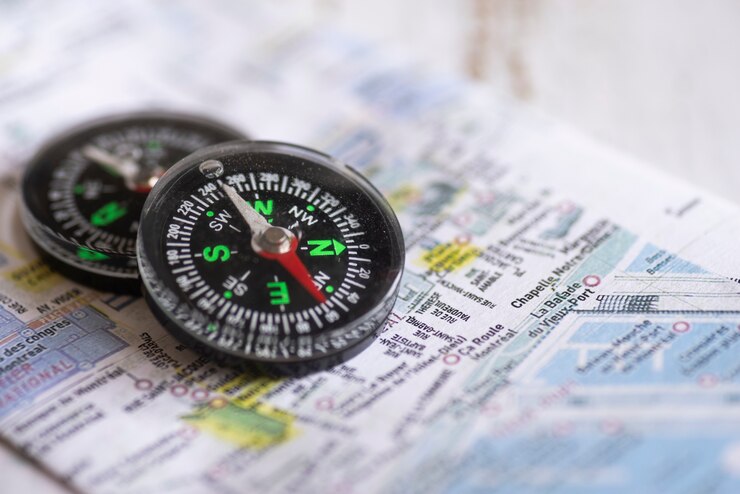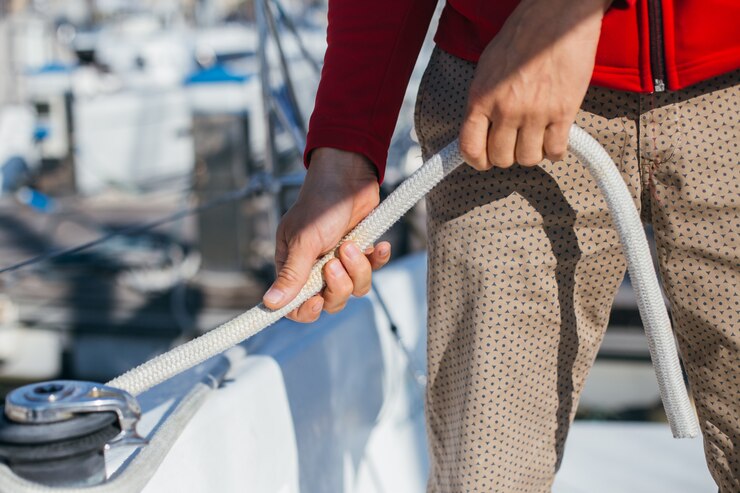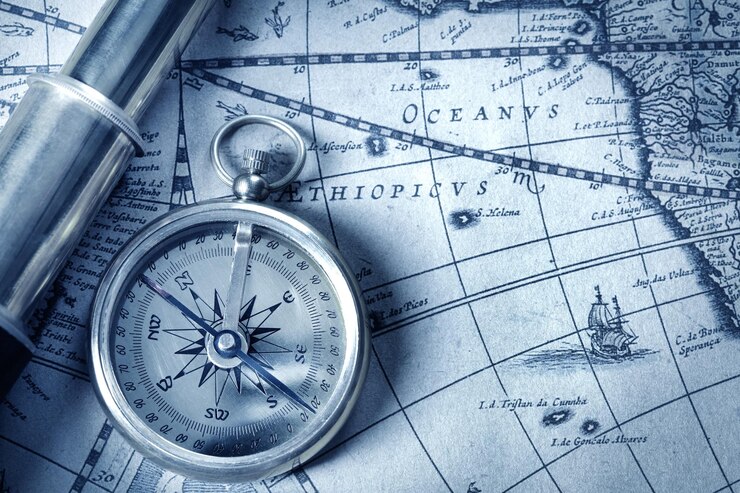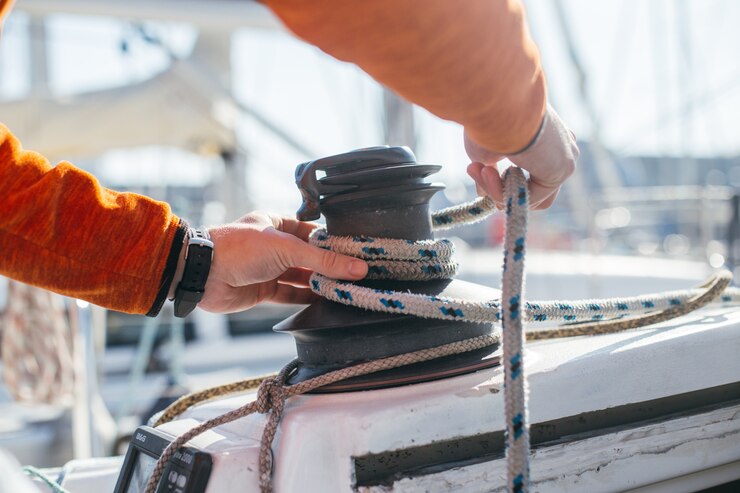The open waters, whether vast oceans or bustling rivers, demand a certain level of order to ensure the safety of everyone involved.
This order is established through a set of internationally recognized navigation rules, forming the backbone of responsible and safe navigation. However, there are times when strict adherence to these rules might not be the most prudent course of action. So, when can navigation rules be overlooked?
This seemingly simple question delves into the realm of judgment, situational awareness, and the paramount concern: safety.
Navigating Smoothly: A Guide to Navigation Rules

Whether you’re a seasoned captain commanding a mighty vessel or a weekend kayaker exploring tranquil waters, understanding navigation rules is paramount. These guidelines aren’t just maritime legalese; they’re the bedrock of safe and responsible navigation, preventing collisions, and ensuring everyone enjoys the waterways. But before we dive in, let’s address a crucial question:
Now, let’s delve into the core principles:
Right of Way
Think of the right of way as a designated traffic lane on the water. Vessels with the right of way must maintain their course and speed, while those without must give way to avoid collisions. Sounds simple, right? But it gets more nuanced depending on vessel types and situations.
Steering and Maneuvering
Imagine two vehicles approaching a crossroads. Similar rules apply on water. Crossing situations dictate specific maneuvers to maintain safe distances. Head-on encounters require course alterations to pass on designated sides. Overtaking situations mandate the overtaking vessel to stay clear and avoid impeding the overtaken vessel’s course.
Lights and Shapes
Just like cars have headlights and taillights, vessels display navigation lights at specific colors and positions based on their size, type, and operational status. These visual cues, along with distinctive shapes, allow for clear identification day and night, aiding in collision avoidance.
Sound Signals
In limited visibility conditions or congested areas, audible signals become crucial. Standardized whistle blasts convey a vessel’s intentions, maneuvers, and potential dangers, acting as an auditory communication system.
Restricted Visibility
Fog, heavy rain, or darkness can significantly impair visibility. Navigation rules dictate specific precautions in such situations, including reduced speed, sounding fog signals at regular intervals, and maintaining a vigilant lookout.
Local Regulations
Remember, these are general guidelines. Specific waterways might have additional local regulations or navigation practices. Familiarizing yourself with these nuances before venturing out is vital.
By understanding and adhering to navigation rules, we contribute to a safer and more enjoyable maritime experience for everyone.
The Importance of Navigation Rules
Before exploring the exceptions, let’s first acknowledge the significance of navigation rules. They are not arbitrary restrictions but well-defined guidelines established through years of experience and international collaboration.
These rules dictate everything from giving way to other vessels based on type and maneuverability to maintaining proper lighting and signaling at night. Following these rules fosters predictability on the water, allowing mariners to anticipate the actions of others and avoid collisions. They are the foundation for smooth, efficient, and most importantly, safe navigation.
When Can Navigation Rules Be Overlooked

The critical caveat to following navigation rules lies in the presence of immediate danger. This means that if adhering to a specific rule poses a direct threat to the safety of yourself, your vessel, or others, deviating from that rule becomes not only acceptable but necessary. This exception is crucial for navigating unpredictable situations, such as:
- Sudden mechanical failure: Imagine your engine suddenly conking out in the middle of a busy channel. Following the “give way” rule might mean getting rammed by another vessel. In such a scenario, maneuvering to avoid the collision, even if it means technically violating a rule, takes precedence.
- Erratic behavior of another vessel: If you encounter a vessel exhibiting erratic or unsafe behavior, blindly following the “stand-on” rule could be disastrous. Taking evasive action, even if it means deviating from your designated course, is essential to protect yourself and others.
- Adverse weather conditions: When caught in a sudden storm with limited visibility, the established navigation rules might become impractical or even dangerous. Taking actions to ensure the stability and safety of your vessel, like seeking shelter or changing course, might necessitate temporary disregard for specific rules.
The Key: Judgement and Situational Awareness
The ability to overlook a navigation rule effectively hinges on two key factors: judgement and situational awareness.
- Judgement: The decision to deviate from a rule should be based on a sound assessment of the situation. It’s crucial to consider the severity of the immediate danger, the potential consequences of both following and deviating from the rule, and the alternative actions available.
- Situational awareness: A keen understanding of your surroundings, including the position and actions of other vessels, weather conditions, and potential hazards, is vital for making informed decisions. This awareness allows you to identify and respond effectively to situations that necessitate rule deviation.
Remember: Overlooking a navigation rule is not a license to act recklessly. It's a calculated decision made in the face of immediate danger, prioritizing safety above all else. It's important to remember that:
- Deviations should be temporary and minimal: Only deviate from the rule as much as necessary to avoid the immediate danger. Return to normal navigation as soon as the danger subsides.
- Document your actions: If your actions result in an incident, having documentation of the situation and the reasons for deviating from the rule can be crucial.
- Seek guidance if unsure: If you’re unsure about the best course of action in a dangerous situation, seek guidance from experienced mariners or maritime authorities.
Remember

- When Can Navigation Rules Be Overlooked? Only in exceptional circumstances, prioritizing safety of life and property. Justifications require careful documentation.
- Stay updated: Navigation rules are subject to revisions. Regularly consult official publications for the latest amendments.
- Seek professional guidance: For complex situations or unfamiliar waters, consider consulting a navigation instructor or professional mariner.
In Conclusion
Navigation rules are the cornerstone of safe and responsible navigation. However, understanding when navigation rules can be overlooked is an essential skill for any mariner. By prioritizing safety, exercising sound judgment, and maintaining situational awareness, mariners can navigate the grey areas and ensure the well-being of themselves and others on the water. Remember, the ultimate goal is not just to follow the rules, but to navigate safely and responsibly, adapting your actions to the ever-changing dynamics of the maritime world.
Additional:
- Where To Find The Best Panama Food?
- Top 10 Best Bachelorette Party Destinations
- How To Meet The Swimming Pigs Of The Bahamas?


